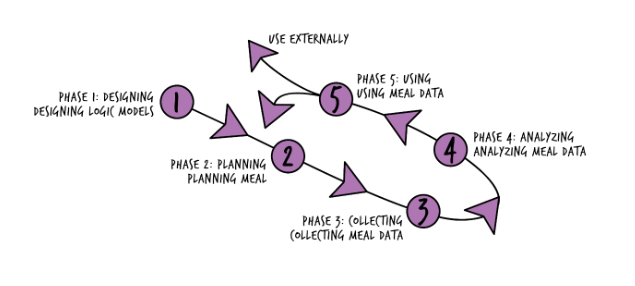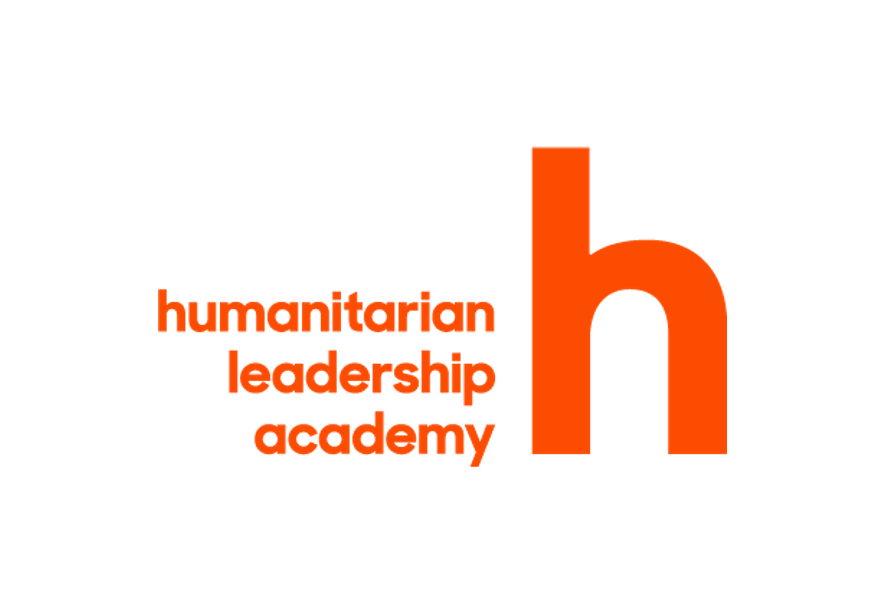The MEAL DPro Model
What is it?
Strong Monitoring, Evaluation, Accountability and Learning (MEAL) is critical to project success.
Monitoring
Monitoring is the continuous and systematic collection and analysis of data about project progress and changes in the project context.
Evaluation
Evaluation is the user-focused assessment of an ongoing or completed project’s design, implementation and results.
Accountability
Accountability is a commitment to respond to and balance the needs of all project stakeholders (including beneficiaries, donors, partners and the organization itself).
Learning
Learning is about embedding processes for internal reflection – using data and raising questions to make smarter project decisions.
When taken together, these four components are the basis of a MEAL system. Each component is both independent and inter-related. It is helpful to consider them as puzzle pieces, each having its unique place and purpose. But, in order to create a functioning MEAL system, these pieces must be aligned, connected, and work together.

For example, monitoring promotes learning because monitoring results help teams make informed project management decisions. Evaluation promotes accountability by demonstrating to donors, implementers, and communities the changes created via implementation. Engaging stakeholders in reflecting on MEAL data enhances both accountability and learning.
How do I use this site?
The MEAL DPro model consists of activities organized into 5 phases.

Phase 1 Designing Logic Models: The first phase of the MEAL cycle involves designing logic models (Theory of Change, Results Framework and Logical Framework) that show how the desired change will happen. These models establish the strong foundations of MEAL because they explain the change the project is seeking to achieve, the steps by which change will occur, and how change will be measured.
Phase 2 Planning MEAL: Working from the foundations of MEAL established in the logic models, you will need to develop more detailed and comprehensive plans for MEAL. There are a number of tools used to help you plan for MEAL, including Performance Management Plans, Evaluation Terms of Reference, Feedback and Response Mechanism Flowcharts, and others. The planning tools you use will depend on the size and complexity of the project.
Phase 3 Collecting MEAL Data: Once MEAL planning is complete, you will need to develop and use tools (both quantitative and qualitative) to collect high-quality data that measure progress, and help you make decisions and learn in a timely manner.
Phase 4 Analyzing MEAL Data: Analyzing, visualizing and interpreting data takes place during and after project implementation according to the analysis plans established during the MEAL planning phase.
Phase 5 Using MEAL Data: To be of value, MEAL data need to be used, particularly in the context of learning. Data are used internally to inform management decisions, and externally to inform communications and promote accountability.
These phases are cyclical, meaning that MEAL data and processes are used to improve project design and implementation on an ongoing basis.
When do I use it?
MEAL is present during every stage of a project. Thus, MEAL is a critical component of project design, project planning, project implementation, and project closure.
Supported by:
Shared by:
Users are free to copy/redistribute and adapt/transform
for non-commercial purposes.
© 2022 All rights reserved.




